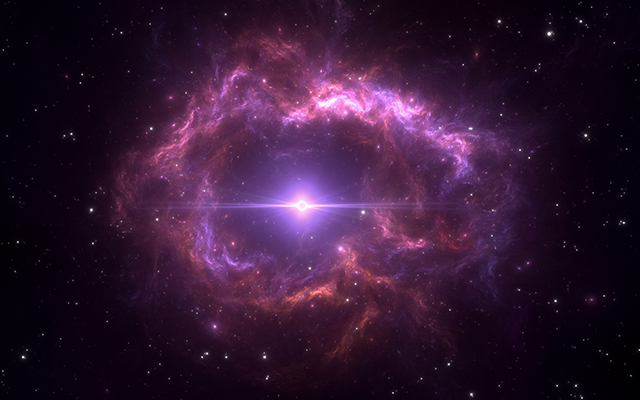
Fast radio bursts (FRBs) – super intense, millisecond-long bursts of radio energy waves produced by unidentified sources in the distant cosmos – are one of the most perplexing and rare mysteries in all of astronomy, having been detected a few dozen times by radio telescopes around the world.
And now, one more has been observed by experts.
According to the European Space Agency (ESA), an FRB was detected on April 28, of this year, after it emitted a powerful combination of radio and X-ray energy waves that are believed to have come from a dead star that produced the same surges 30,000 years ago.
This is the first time that X-rays were detected alongside radio waves in the same FRB, experts explained.
Aside from that, this FRB, as described in the Astrophysical Journal Letters, is also the first to have come from a known star within the vicinity of the Milky Way Galaxy – specifically, a star within the constellation Vulpecula, which is located about 30,000 light-years away from the Earth.
This star, according to experts at the National Institute for Astrophysics in Milan, Italy, is a “neutron star,” which belongs to a class of stars called “magnetars.”
Magnetars have extremely powerful magnetic fields, which means that they are capable of releasing intense amounts of energy even after the star itself has died. Because of this property, astronomers and astrophysicists are pointing to magnetars as the source of at least some of the universe's many mysterious FRBs.
"We've never seen a burst of radio waves, resembling a fast radio burst, from a magnetar before," Sandro Mereghetti, the lead author of the study, said in a statement, adding that this is the first time that they observed a connection between magnetars and fast radio bursts. (Related: Radiation from deep space is intensifying, affecting space weather and potential space travel.)
The magnetar in question, SGR 1935+2154, was first discovered in 2014 after scientists observed it emitting a combination of gamma rays and X-rays at random intervals.
According to the researchers, after quieting down for a period of time, the dead star woke up and emitted a powerful X-ray blast – the same one recorded by Italian scientists in late April using the ESA Integral satellite, which is designed to capture some of the most energetic phenomena in the universe.
This blast of X-rays, as it turns out, was accompanied by radio waves, the latter of which was detected by the Canadian Hydrogen Intensity Mapping Experiment (CHIME) radio telescope located in the mountains of British Columbia in Canada.
Subsequent confirmations of the blasts came from California and Utah the following day.
As noted by the research team, this speedy confirmation of the FRB was largely due to the Integral satellite’s "Burst Alert System," which sent out an alert about the discovery around the world "in just seconds."
According to Merghetti, this allowed "the scientific community to act fast and explore this source in more detail.”
Since simultaneous blasts of radio waves and X-rays have never been detected from a magnetar before, this occurrence led the researchers to hypothesize that these stellar remnants could be plausible sources of FRBs.
"It truly is a major discovery, and helps to bring the origin of these mysterious phenomena into focus,” Mereghetti stated.
What are Fast Radio Bursts?
First identified in 2007 by American astronomer Duncan Lorimer, fast radio bursts are rare flashes of radio waves that are incredibly bright, with experts often comparing their intensity to the power of 500 million suns, leading to speculation that powerful cosmic objects such as evaporating black holes and colliding neutron stars and even magnetic eruptions are somehow involved in their genesis.
Aside from being immensely powerful, FRBs are also notorious for their extremely ephemeral nature, an aspect that makes tracing their origin an extremely difficult – though not altogether impossible – task.
Evidence is now mounting, however, that multiple bursts of energy can actually come from the same source.
Several incidents regarding the latter happened early last year, with the CHIME radio telescope detecting eight repeating signals.
According to researchers, these repeating signals are valuable when it comes to analyzing FRBs since they can be studied for extended periods of time, unlike their one-off counterparts which immediately disappear after detection.
Physicist Ziggy Pleunis, in a statement, noted that the CHIME findings offer proof that some FRB sources are more prolific compared to others.
"Just as some volcanoes are more active than others, and you can think a volcano is dormant because it has not erupted in a long time," Pleunis, who also works as a teaching assistant at McGill University, said.
Interested in more stories about weird and interesting space phenomena? Visit Cosmic.news.
Sources include:
Please contact us for more information.




















